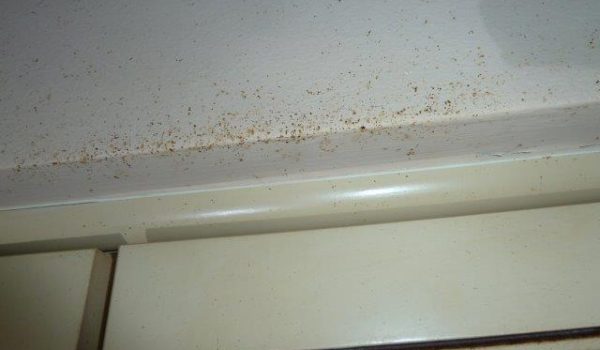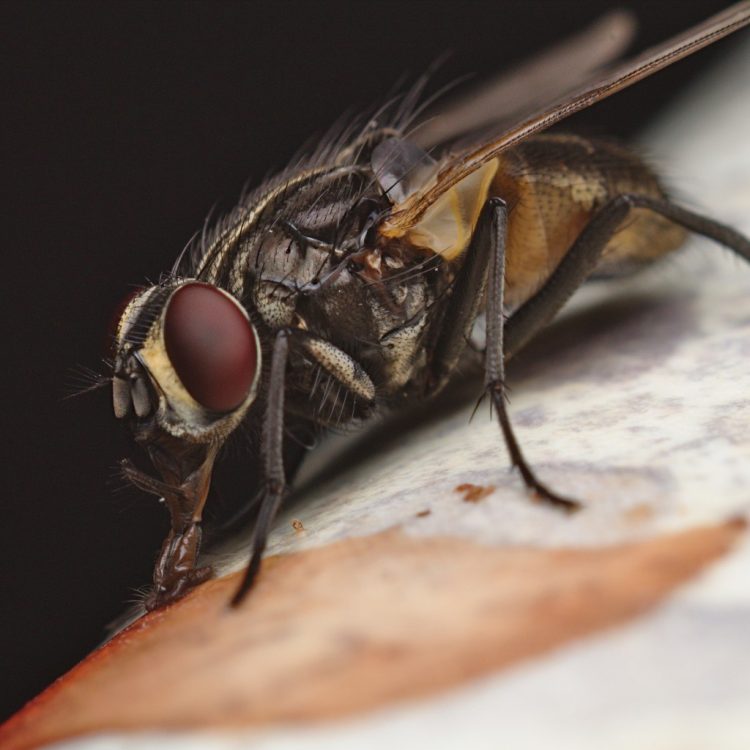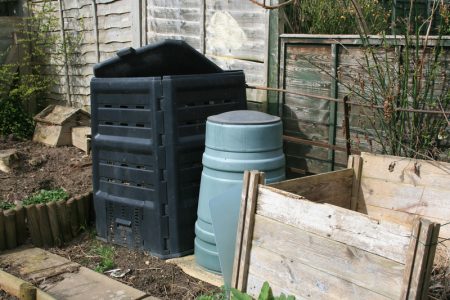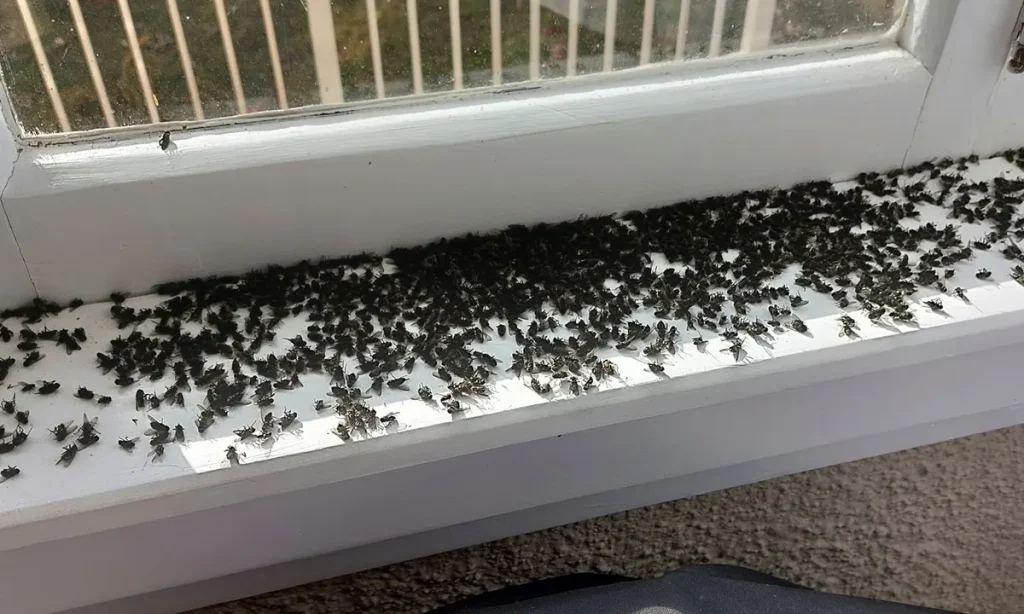Pest Control Specialists Limited
Flies
There is nothing worse in summer than coming back home from having a lovely day outside, cracking open a cold beverage, sitting down and then getting constantly harassed by flies landing on you and not to mention the amount of fly crap on your ceilings!
Alongside the annoyance there is also a health risk due to flies being carriers of disease, they love eating decaying things and then flying inside and landing on your food which can spread those diseases the most common being salmonella and dysentry.


Treatment:
Measures generally include interior chemical treatment, this will be applied to surfaces within your house to maximise contact with any flies where they land. The treatment will typically be from the skirtings up the wall and around the windows and also across the ceiling. Other objects in your home will also come into contact with the treatment but the idea is to get the chemical where the flies potentially can land.
Some environmental ways to deal with flies include:
- Remove any oderous rubbish build up
- Pick up rotten fruit/vegetables from the garden
- Remove compost bins/heaps or relocate far away from the dwelling
- Clean down walls, cupboards etc before the warmer months
- Keep your rubbish contained inside a bin with a lid
- Keep food covered or avoid leaving food out
- Use non-toxic fly bags on back door steps/entrances to the dwelling
*No fly treatment from any person will be able to make your house a “no fly zone”, even after a treatment you may still encounter the odd fly but rest assured if it lands on any surface within your house it will die.



Cluster Flies
Cluster flies are large flies (10-15mm), their wings are often seen to fall back from their head in a straight line rather than house flies who’s wings tend to angle outwards. In NZ these pests are normally a rural issue and tend to become a problem around February to May when they move into homes and other buildings to hibernate over winter. They are named cluster flies because of their habit of congregating in large groups in dark places such as roof voids. They release a pheromone that attracts others, the pheromone will linger on even after all the flies have been destroyed and removed and will continue to attract flies so that the clusters keep recurring.

Treatment:
Cluster fly treatments involve getting ceiling access and applying gaseous chemicals into the roof void. The gas will flow around the insulation and into the gaps between the timbers where the flies call home. You can also use aerosol treatments around windows to kill any in the gaps and provide a small preventative measure.
